A lot of world travelers are quite bad at exploring their own country. Sometimes I think Australians are the worst offenders. We have a reputation as globe trotters, routinely absconding to faraway lands for weeks, months and years at a time. But most of us, including myself, have done relatively little travelling on our home turf. “There’ll be plenty of time to see Australia once I settle down,” sings the justification in my head.
For most of the experiences I’m interested in, that’s true. The sun will still rise over Uluru. The Nullabor will always be one hell of a drive. But some places don’t come with a guarantee.

“By 2050, 75% of the coral will be dead.”
My eyes widen, along with the other snorkelers listening to the marine talk on board the Silversonic, our ride to the outer Great Barrier Reef.
How accurate the statement is, I don’t know. But if that figure is even close, it’s both alarming and depressing.
I hadn’t expected to visit the Great Barrier Reef so soon. I left Cape Tribulation three weeks ago unable to get on a snorkeling tour during school holidays. That’s that, I thought. I’ll come back in 10 years or so. A last-minute decision on our way back from Cape York saw us return to the coast, this time to Port Douglas.
Sitting on the back deck of the Silversonic, hiding from the salt spray crashing over the railings, I realised how close I’d come.
Another 10 years would have been a long time to wait.
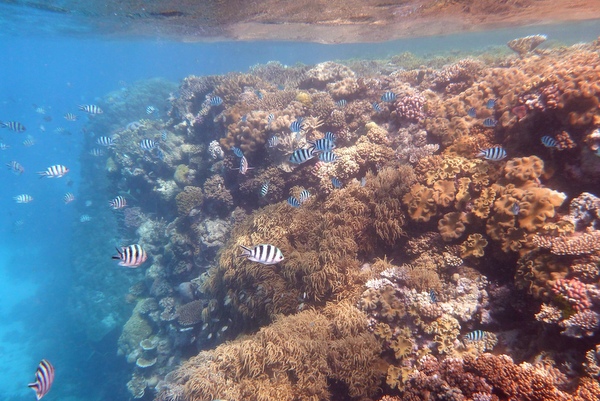
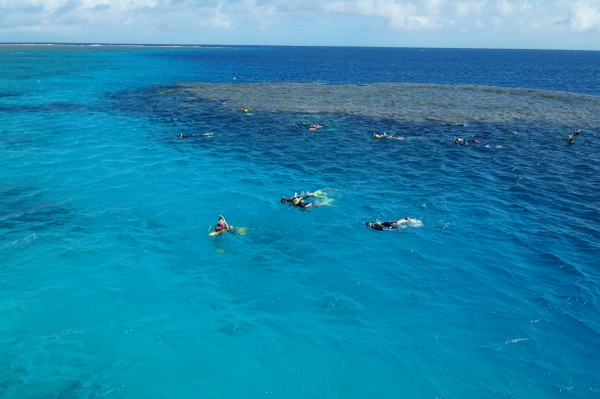
For the most part visiting the Great Barrier Reef is as magical as the brochures promise.
Below the water it’s another world, one that until now I’d only visited while watching a David Attenborough documentary. Watching the fish swim, feed and play around the coral, either tolerant or ignorant of us interloping humans, I was acutely aware of how incredible our planet is. No experience I’ve had on land has come close to blowing my mind in that way.
The Great Barrier Reef is the world’s largest coral reef system. It stretches more than 2300km along the Queensland coast from above Bundaburg to the top of the Cape York Peninsula. The reef is home to an immense diversity of plants and animals. Underwater camera in hand I made my way around the coral, trying to stealthily chase anything interesting, but careful not to get too close. Something blue hovering over the rocks, something yellow swimming to the bottom, something brown lying on the sand. I was unable to identify anything I was seeing other than to call it fish or coral.
Parts of the reef were exactly as I imagined, although in the haze of the ocean not quite as bright as the brochures and postcards make it look. Our tour visited three snorkel sites on the Agincourt Ribbon Reef and each venture into the water was another chance to visit this wonderful world under the sea. We had rough seas and it made it hard to relax at our first snorkel site, but the waves were calmer at the other two.
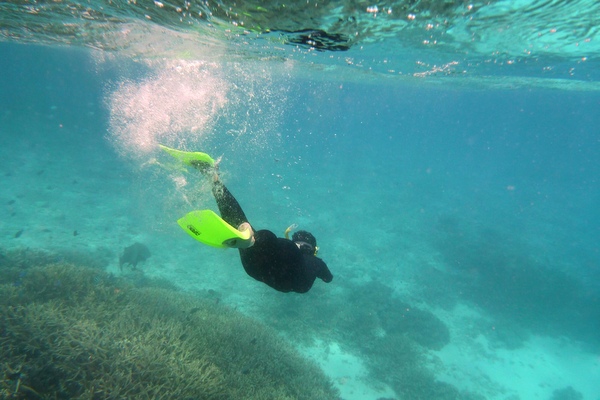
I’m a particularly poor swimmer, but I happily spent almost three hours in the water – although most of the time I was wearing a life jacket AND tucking a noodle under my chest. I was envious of the divers’ freedom to explore below, but aware the coral was best viewed in sunlight, which was lost in the depths.
But a visit to the Great Barrier Reef isn’t all sunshine and clownfish.
It’s a confronting reminder of the reef’s mortality.
Every photo I’ve seen of the Great Barrier Reef has been a picture of bright coral and fascinating sea life. The stark white coral pieces I saw on the seabed were unexpected. Unfortunately that’s become a reality for visitors to this natural wonder. I am in no doubt that if I’d waited to visit the Great Barrier Reef “once I’d settled down” or on the Grey Nomad caravan adventure that is seemingly compulsory for all Australian seniors, I would be visiting a very different reef than what I saw last week.
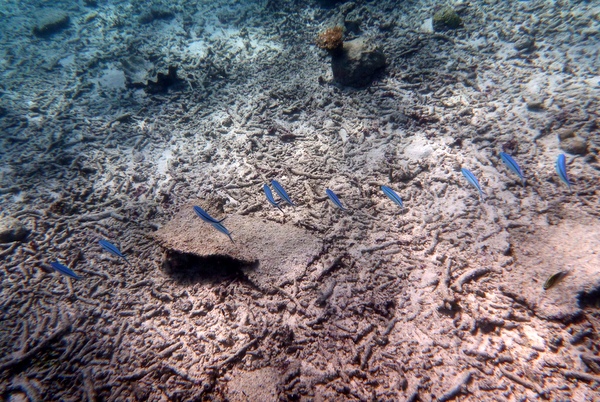
The Great Barrier Reef is a particularly hot topic at the moment with a Government inquiry assessing management and conservation of the reef, but it’s never easy to tell how much the issue is played up in the media. So back on land I did some research, shocked at what I read.
Even mild estimations of the state of the reef and its future were alarming.
One of the greatest threats to the reef and coral is rising ocean temperatures, which bleached the coral and can kill it. Mass bleaching in 1998 and 2002 severely damaged five percent of the reef’s coral. While the exact numbers varied greatly, all the research I found said the ocean was warming and this century would reach temperatures higher than any on record.
Other figures suggested the reef had lost half its coral cover between 1985 and 2012 and predicted it would lose half of what’s left by 2022.
The threats to the reef are numerous. Climate change, however sceptical some people may be to its occurrence, is affecting the coral and severe weather events such as cyclones also cause significant damage. From the beach at Cape Tribulation I watched freight ships travel along the horizon daily – well within the boundaries of the reef – and later read that a coal carrier had spilled four tonnes of oil into the reef four years ago. It seemed ridiculous to me that the ships are allowed so close.
And then there are the millions of people who visit the reef each year to marvel at its beauty. Increased human activity always has an impact on natural surroundings – on land and underwater. After centuries of the coral being undisturbed by people, us floating about the ocean coated in sunscreen, moisturiser and tropical-strength insect repellent has to have some affect.
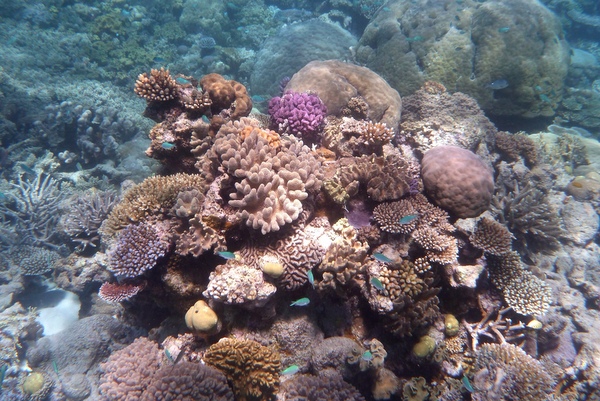
I found a quote from Australian scientist Dr Karl Kruszelnicki who said we needed to do something so “that the Great Barrier Reef doesn’t become the Mediocre Barrier Reef” which sums up what’s at risk.
On the way back to Port Douglas I chatted to the man next to me on the back deck of the Silversonic. It was his seventh trip to the reef, although he hadn’t been out for almost 15 years. This time he had brought his son and told me he was shocked at how bleached the coral had become since his last visit. It wasn’t what he expected to show his children.
Regardless of how accurate the predictions are, there’s no denying the reef is deteriorating. It’s scary to think how much of the reef has been damaged in the last 30 years and what it may look like in 30 more.
I left Port Douglas not excited that I’d just visited the amazing Great Barrier Reef, but relieved I hadn’t waited.

I visited the reef with Silversonic from Port Douglas. Their sister boat the Silverswift operates from Cairns. The full-day tour costs $214, plus a $6 Environmental Management Charge. That included all snorkel gear, a lyrca stingers suit (which I wore for sun protection), lunch and morning and afternoon tea and life jackets. It cost $68 to hire an underwater camera on board. Other stores in Port Douglas and Cairns advertised underwater camera hire at cheaper rates.










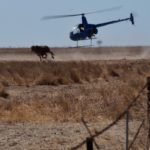
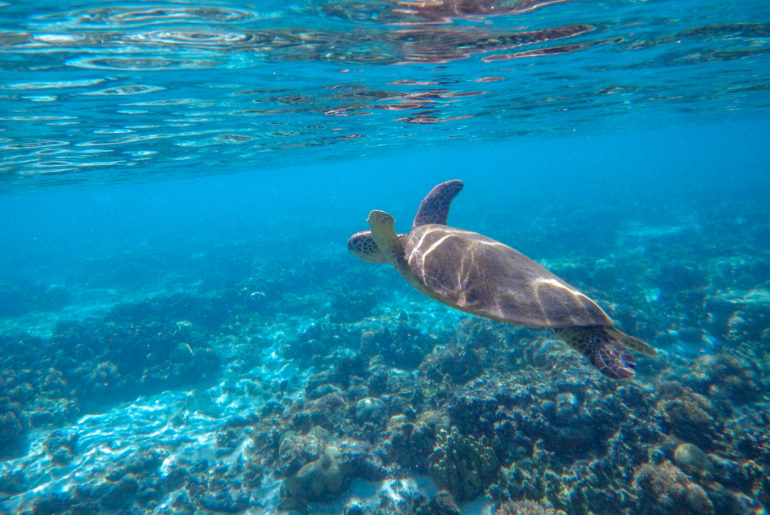
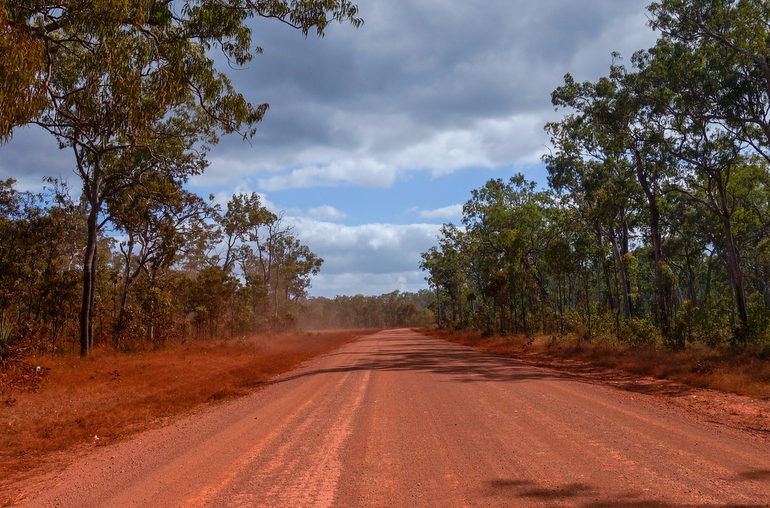

3 Comments
I knew that the reef was in trouble, but I had no idea that 75% of the coral could be dead by 2050. Yikes! I better get my butt over there to see it soon. Thanks for sharing and I love the photos!
Thanks Greg. There’s so much research floating about (excuse the pun) that it’s hard to know how accurate that figure is, but everyone seems to agree it’s in trouble. It is an amazing place. I hope you get the chance to see it soon.
I actually took environmental science last year so this isn’t a great surprise to me. Its still incredibly sad. I hope as technology progresses they find solutions